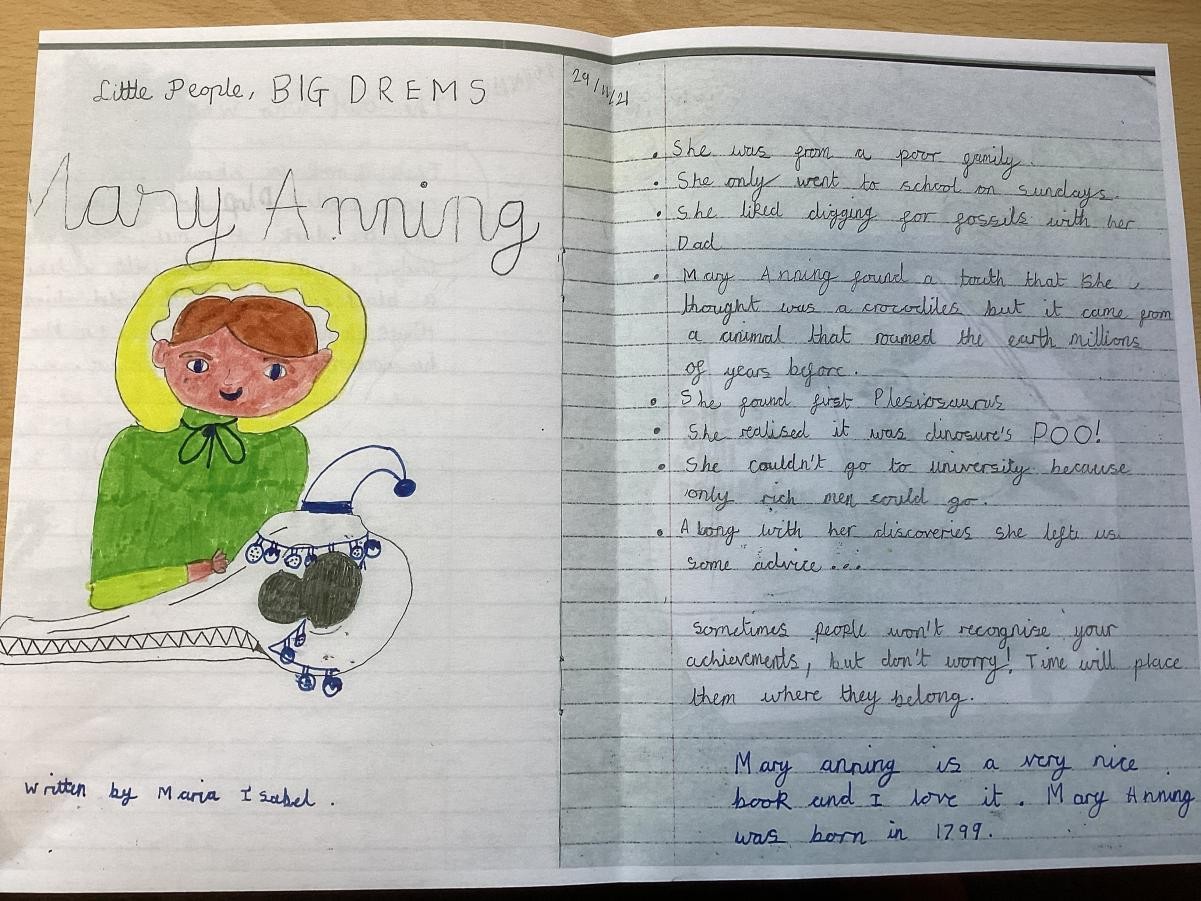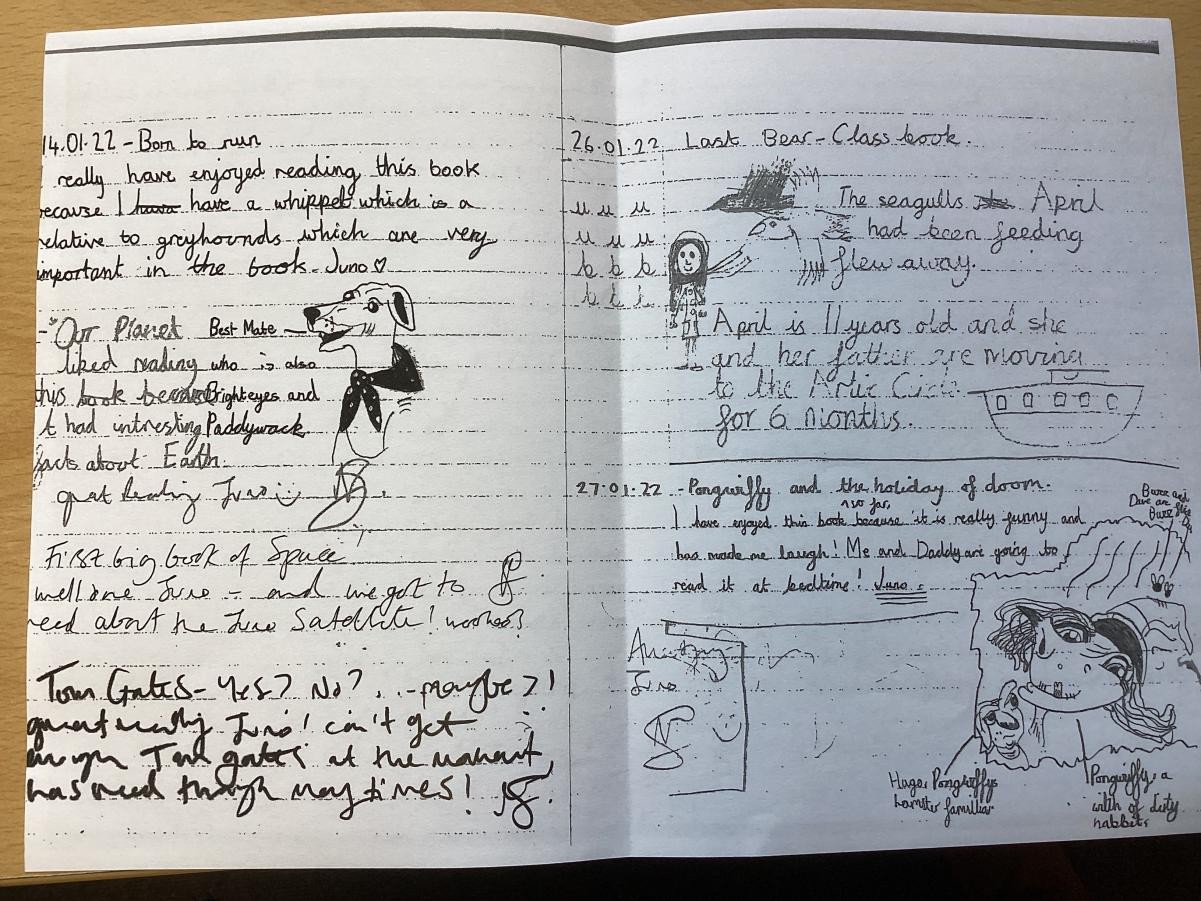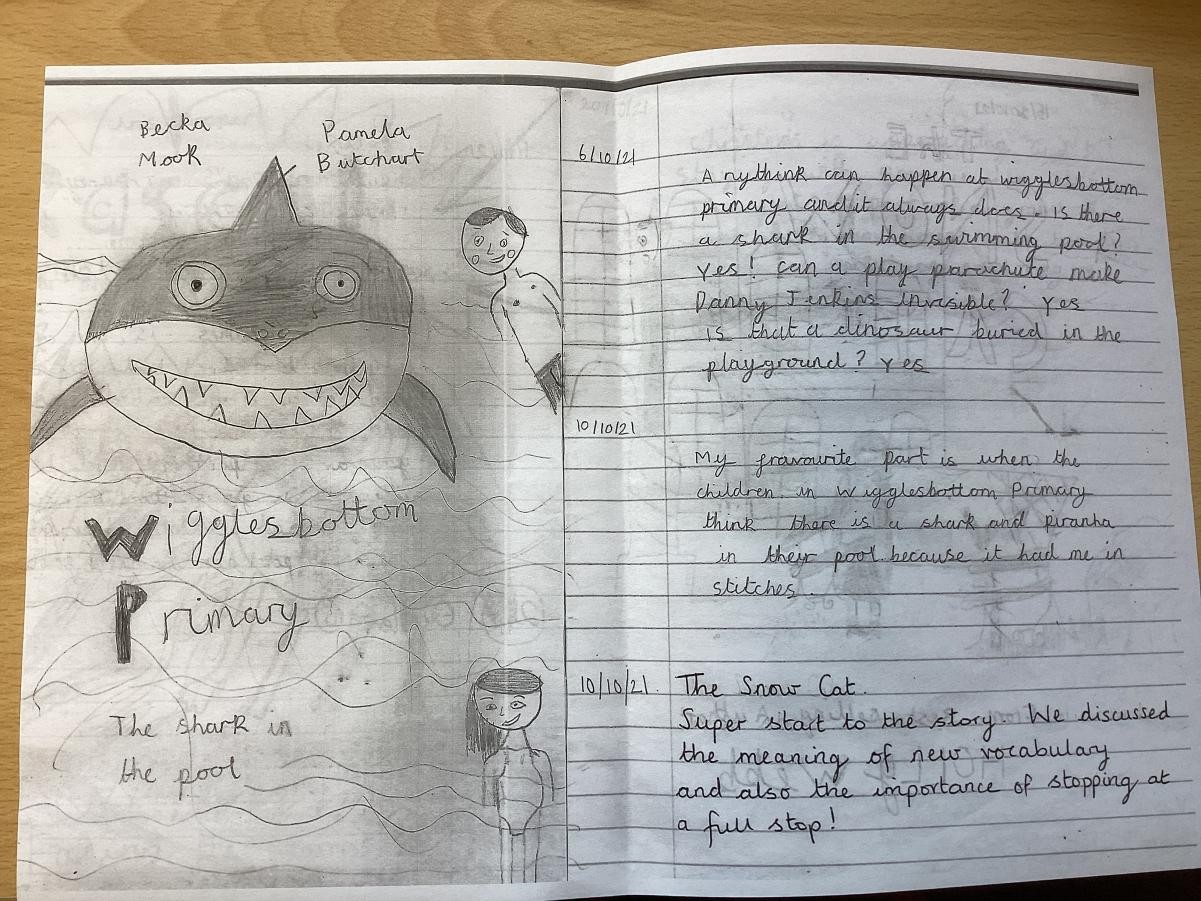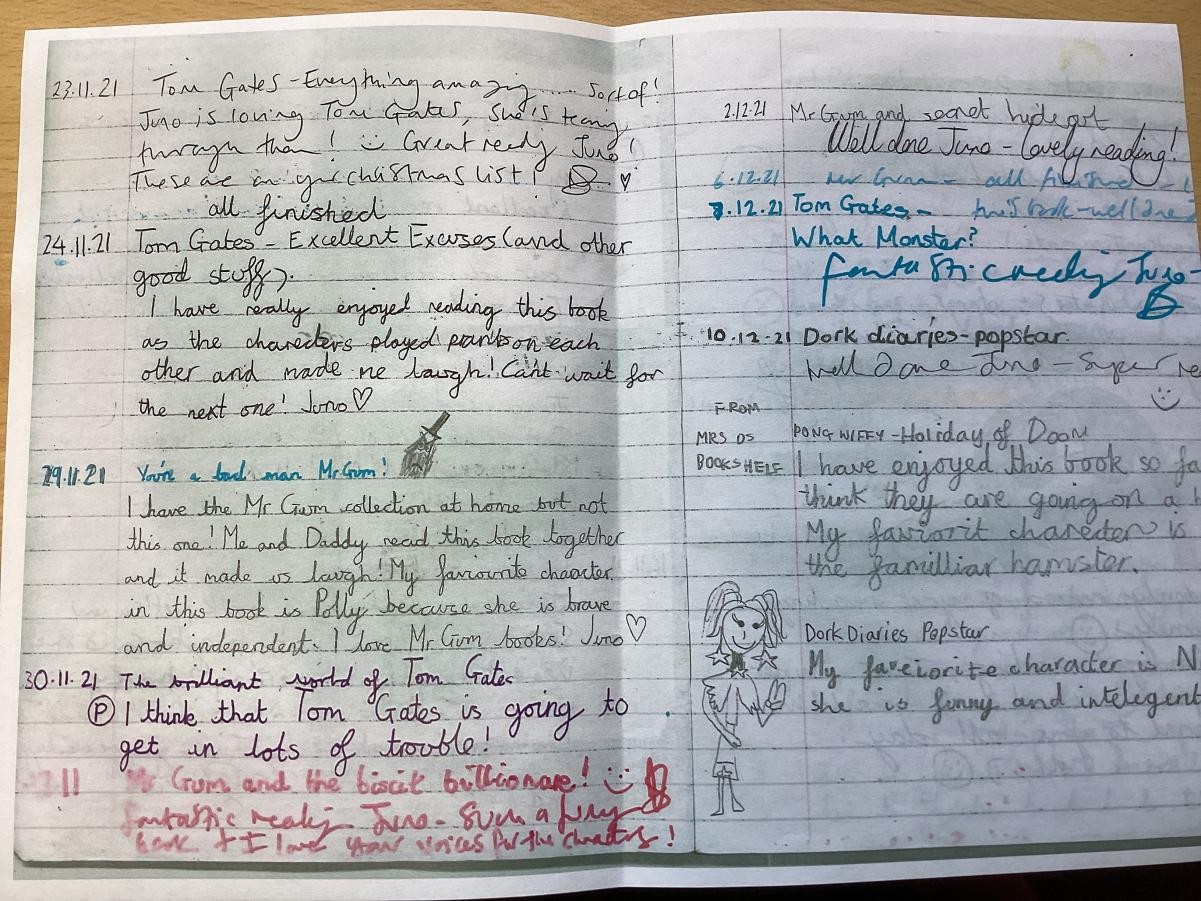10 Tips to Make Story Time Memorable
Reading is a perfect way to spend quality time with your children. Stories spark children's imagination and create memories that last a lifetime. Here are a few simple tips for making story time with your children memorable and enjoyable.
Ask your child for book suggestions.
Even the youngest of children have preferences in books. Find out your child's favourite book or use the book they have chosen from the school libraray for story time and then suggest some of your own from when you were a child. Don’t forget about classic tales and adventures, such as myths and legends. You can also choose to read bilingual stories or stories from around the world as a way for children to experience different languages and cultures.
Consider your child’s attention span or your family’s schedule.
When reading to children, it’s not always necessary to read an entire book. Reading one chapter a night at bedtime or even a few pages at a time will keep your child engaged and excited for the next story time with you. It also helps build suspense and recall.
Consider different times of the day to read to your child.
Reading time doesn’t always have to be at bedtime. Some families enjoy reading with their children early in the morning as a special way to start the day, especially if reading at bedtime is difficult.
Keep your child engaged in reading.
Ask questions along the way to help promote speech development and comprehension. Point out words that might be new to their vocabulary and talk about how the words are used and what they mean. Ask questions that evoke emotion and reflective inquiry, such as, “What would you do in this situation? Why do you think the character behaved in that way? Have you ever encountered a similar situation? Who does the character remind you of? How does the character feel?”
Read aloud together with your child.
Take turns reading a page aloud with a child who has learned to read. This activity builds confidence and sparks conversation.
Be creative during story time.
Use your personality to bring children’s books to life. Using different voices for each character or acting out parts of the story can make story time even more memorable and enjoyable for you and your child.
Find different places to read to children.
Under the trees in the evening with a blanket and flashlight; swaying on a hammock; cuddled up on a favorite couch or at the breakfast table; sitting on the front step watching the world go by…a place to read can be just as unique as the stories themselves.
Continue engaging with books after the last page.
Look for creative ways to extend the learning of the book. Are there far-off lands that are featured in the book? Find them on a map together. Make a family craft together based on the illustrations or theme in the story; listen to music that is in some way related to the story; research recipes from where the story is located and cook them together; act out the story with your child; or write a sequel to the story together.
Using your child's Reading Journal together.
Note the book or story shared, the date, the reactions of other family members. Younger children may wish to draw a picture representing the book. Older children can help complete the journal entry. The journal will become a beautiful memento to look back on the books shared during story times together.
Take pictures of your family reading.
There are few things sweeter than pictures of family members curled up reading stories together. You can use these pictures to illustrate the passage of time as family members grow, how tastes in books evolve, or how the books become longer as the children grow older.




